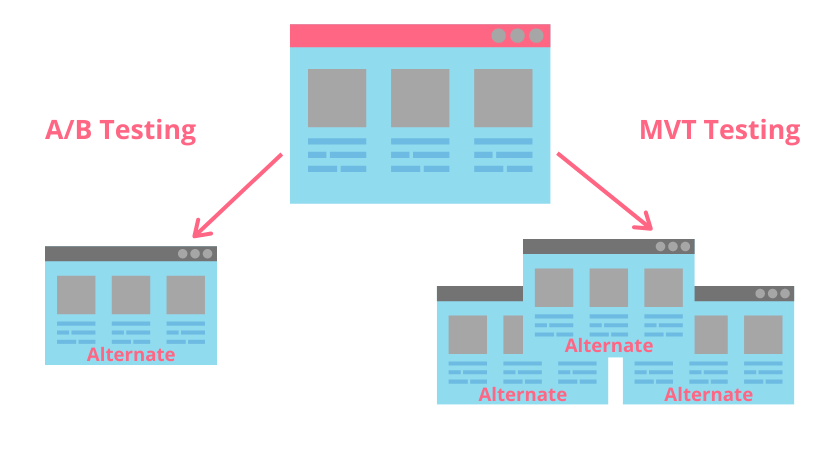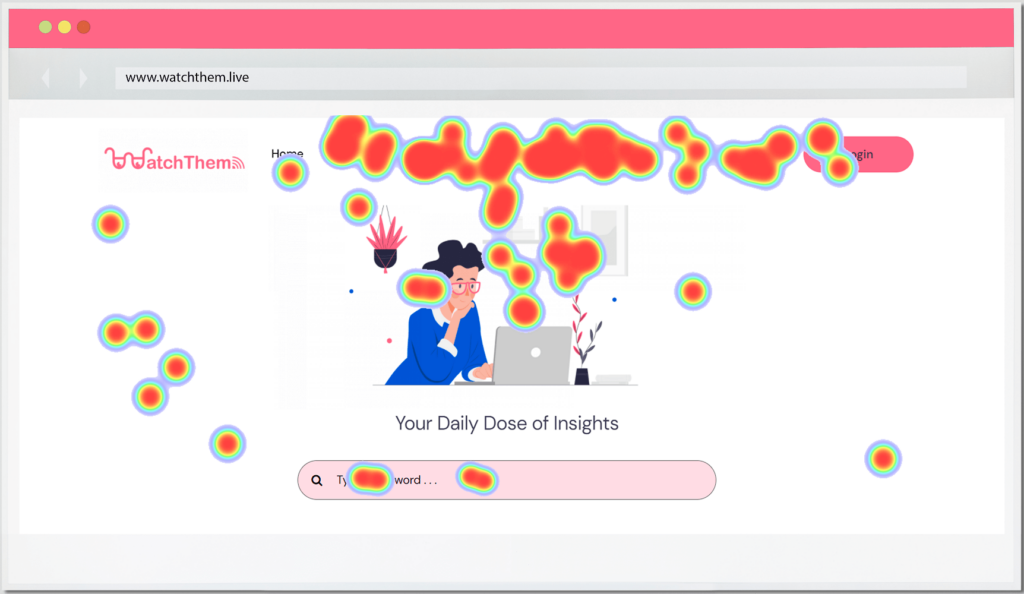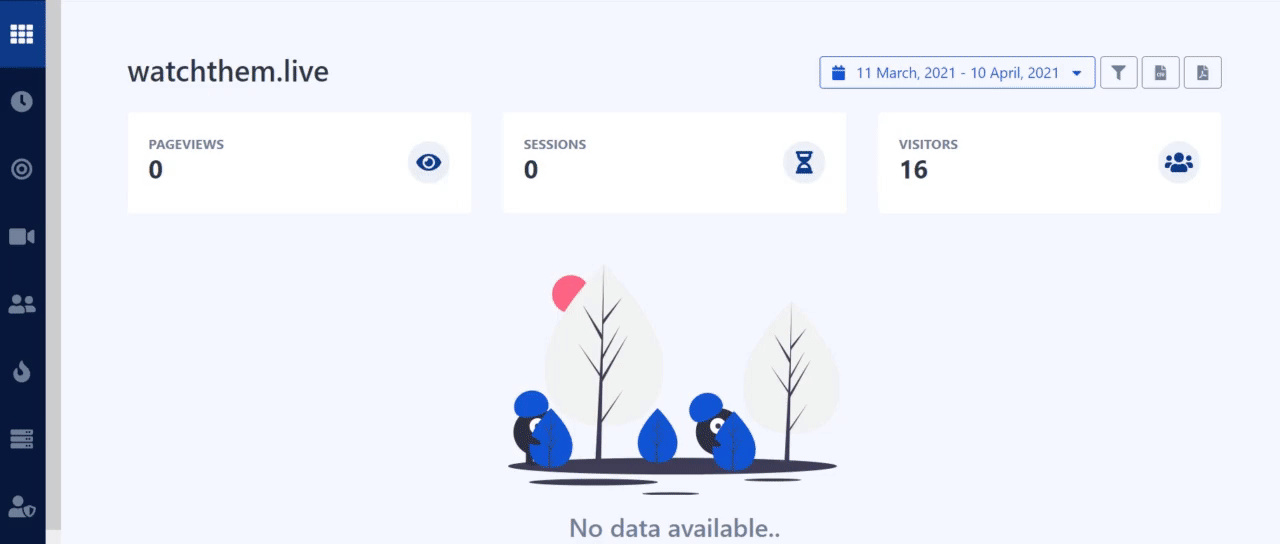Page Contents
MVT testing is a type of experimentation used to decide on UI/UX design hypotheses or ad campaigns. In this method, many website elements are evaluated to see which combination gets the highest conversion rate.
The most general example of multivariate testing is a page with numerous parts for consideration. For example, you may want to test a sign-up form, the add to cart button design, header, and footer text.
MVT Testing vs. A/B Testing
Multivariate and A/B testing are both used for CRO. Let’s look at the technique, uses, benefits, and drawbacks of each of these testing methodologies.


In MVT, traffic is divided between all variants, just as it is divided between the two variants in A/B testing.
Often, in an A/B test, you evaluate version A and version B that differ in one testing item. These items can be the positioning of a banner or CTA, style, or header. Versions A and B are also referred to as the champion and challenger. The champion is the present variant, while the challenger is the one that is expected to perform better.
So, you can determine which one ultimately results in improved metrics. Then, you can pick and use it in the final version of the product or website.
Instead of designing a different site as in A/B testing, you might perform a multivariate test on this page. You can do so by producing, e.g., two alternative lengths of the sign-up form, two distinct headers, and three footers. Following that, you would direct users to all potential combinations of these items.
This is also known as complete factorial testing. It is suggested to use multivariate testing for sites with high daily traffic. The more variants that need evaluating, the longer it takes to collect useful data from the test.
After the test is completed, the variables on each page variation are compared to one another. Also, their performance in the context of other variations of the test is compared. Then, you have a clear picture of your most successful version and which parts are mostly accountable for this effectiveness.
Advantages of MVT Testing
The major benefit of an MVT test is the capability to test multiple combinations of components on one page. It helps you determine which one produces the best results.
Multivariate testing is a strong tool for directing redesign efforts to the most impacting aspects of your website. This is especially valuable for developing landing page campaigns. Because data on the effectiveness of a specific element’s design may transfer to future ads in a different context.
Related Article: Landing Page Testing: Best Tips and Methods
Limitations of MVT Testing
As MVT comprises a large number of potential combinations, it requires a high volume of traffic to have meaningful tests. The quantity of traffic needed to complete the test is the single most significant constraint of multivariate testing. As mentioned all tests are completely factorial and have too many changing factors at the same time. This can add up to a very high number of potential combinations that need investigation.
Even sites with moderate traffic may struggle to complete tests including more than 25 combinations in a short time.
When employing multivariate tests, keep in mind how they will fit into your overall testing and redesign cycle. Even if you know the impact of a specific piece, you can do A/B testing to investigate other ideas. Furthermore, when multiple well-designed A/B tests would suffice, a full MVT testing may not be reasonable.
MVT Tools
Great MVT test tools make it easy for webmasters to test visitors’ interaction with your website with different variants. Heatmaps and session recordings are the two most practical tools that provide MVT insights. Watch Them Live is a service that includes these tools for website owners:
Heatmap
A website heatmap is a tool to consider if you want to increase the effectiveness of your website using MVT. A heatmap is a type of data visualization approach. It visualizes the data using multiple colors, each indicating a distinct data value.


Session Recording
Website owners also employ session recording technology to track user behavior on their sites. Session recording or session replay helps you watch the visiting sessions of customers. So, you can fully comprehend how each user experiences the changed MVT variables and elements on the website.


Watch Them Live is currently giving away 90 days of free trial for using both of these tools!
Conclusion
Don’t allow the distinctions between A/B testing and multivariate testing to lead you to believe they are completely contradictory. Instead, consider them to be two strong optimization strategies that work in tandem. Choose one or the other, or utilize them both to get the most out of your website.

